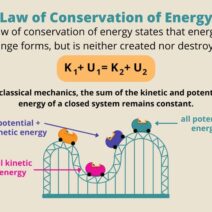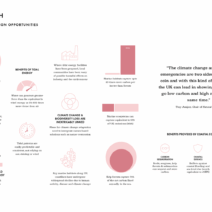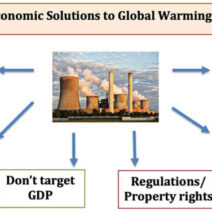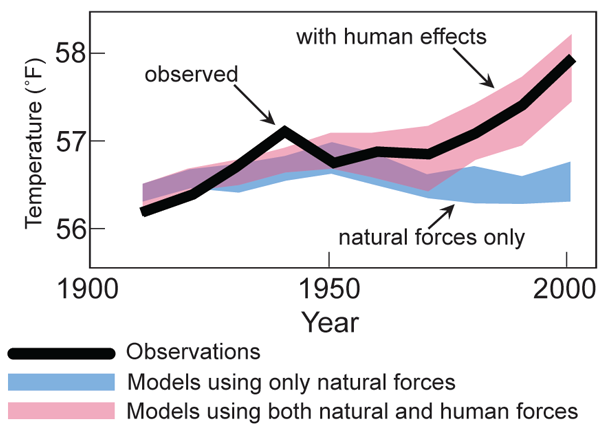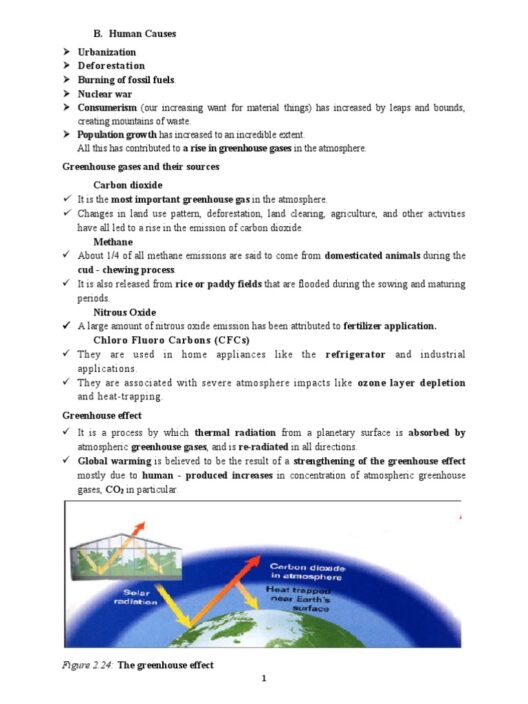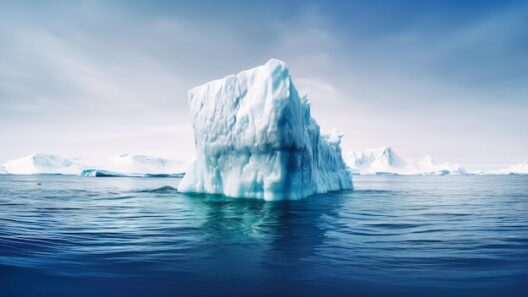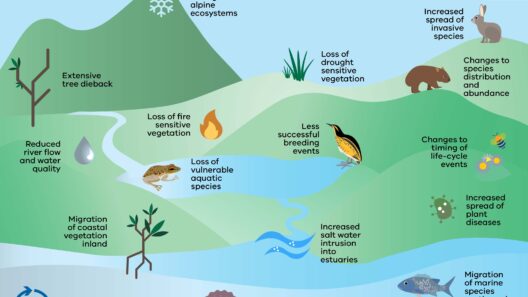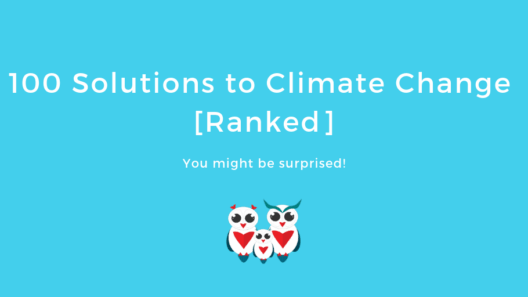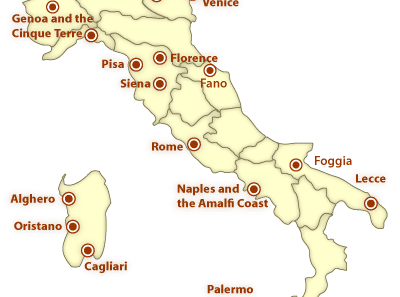In the myriad of factors that contribute to Earth’s climate, both natural forces and anthropogenic activities play pivotal roles. Understanding these influences not only enlightens our comprehension of past climatic patterns but also underscores the urgency of addressing current and future climatic challenges. The interplay between natural variability and human-induced changes presents a complex tapestry that shapes the planet’s environmental landscape.
Let’s delve into the key drivers that dictate the rhythm of our climate, examining the intricacies of natural phenomena alongside the profound impacts of human behavior.
Natural Forces: The Earth’s Own Symphony
The climate, in its essence, is a product of numerous natural forces acting in concert. Although these factors have existed for eons, their effects are critical to understanding current climatic conditions.
Solar Radiation: The Ultimate Catalyst
The sun remains the foremost energy source for Earth’s climate system. Variations in solar output, albeit minuscule, can significantly alter climatic conditions. Historical records illuminate how these fluctuations correlate with climatic epochs, exhibiting periods of warmth and coolness.
However, it’s not just the total energy output that matters; the Earth’s orbit around the sun and its axial tilt (Milankovitch cycles) orchestrate seasonal variations and long-term climate changes. These intricate astronomical alignments govern the planet’s climatic rhythms, setting the stage for glacial and interglacial cycles.
Volcanic Activity: Nature’s Climate Modulator
Volcanoes are nature’s potent agents of transformation. Eruptions inject copious amounts of ash and sulfur dioxide into the stratosphere, leading to temporary cooling. Events like the 1991 Mount Pinatubo eruption exemplify how volcanic activity can obscure sunlight, resulting in significant climatic upheaval.
Yet, the influence extends beyond cooling. Persistent volcanic activity can also contribute to the greenhouse effect through the release of carbon dioxide, an important greenhouse gas. The duality of volcanic impacts underscores the complexity of natural climate forces.
Ocean Currents: The Silent Distributors
The world’s oceans act as a vast reservoir of heat and play a crucial role in distributing thermal energy across the globe. Ocean currents, driven by wind patterns and Earth’s rotation, regulate climate by facilitating heat exchange between the equator and polar regions.
El Niño and La Niña phenomena represent significant oscillations within these currents, leading to profound shifts in weather patterns around the world. The aesthetic dance of warm and cold water masses can tanto evoke interest, as these currents stoke both catastrophic droughts and torrential downpours across differing regions.
Human Forces: The Age of Anthropogenic Change
As we transition into the modern era, the influence of human activities on climate has escalated dramatically. The story of climate change is inextricably linked to industrialization, urbanization, and socio-economic development.
Greenhouse Gas Emissions: The Unseen Threat
The rise of industrial activities since the late 18th century heralded a new epoch—the Anthropocene. The combustion of fossil fuels has triggered an unprecedented increase in greenhouse gas concentrations, notably carbon dioxide, methane, and nitrous oxide.
The resulting enhanced greenhouse effect is altering the planet’s energy balance. This excess heat retention manifests in rising global temperatures, melting ice caps, and shifting weather patterns, emphasizing the pressing need for mitigation strategies.
Deforestation: The Co2 Sink Disappears
Deforestation, often a direct result of agricultural expansion and urbanization, exacerbates climate change. Trees act as vital carbon sinks, sequestering significant amounts of carbon dioxide from the atmosphere. When forests are cleared, the stored carbon is released, contributing further to atmospheric CO2 levels.
Moreover, the loss of forests compromises biodiversity, altering ecosystems and diminishing their resilience to climate-related stressors. The aesthetic beauty of lush forests juxtaposed with barren landscapes illustrates the profound impact of human actions on nature’s equilibrium.
Agricultural Practices: Feeding Demand at a Cost
Modern agricultural practices have transformed landscapes and ecosystems, for better or worse. While they are essential for feeding a burgeoning population, many conventional practices contribute to greenhouse gas emissions through livestock production, fertilizers, and land-use changes.
Innovative practices, such as regenerative agriculture, offer a viable pathway to mitigate these impacts. By prioritizing soil health and biodiversity, we can cultivate food systems that coexist harmoniously with the environment, restoring ecological balance while fulfilling human needs.
Climate Policy: Navigating Towards Sustainability
As the multifaceted interactions between natural and human forces become increasingly evident, global responses have emerged. International agreements, such as the Paris Agreement, aim to curb greenhouse gas emissions and mitigate climate change effects through collaborative efforts among nations.
Policy frameworks recognize the necessity for sustainable development, harmonizing economic endeavors with environmental stewardship. By embracing renewable energy, promoting conservation efforts, and fostering innovation, societies have the potential to redefine their relationship with the planet.
Conclusion: The Urgency of Collective Action
The climate system is a delicate tapestry woven from the threads of natural forces and human actions. Recognizing the gravity of both realms is imperative for galvanizing collective action toward climate resiliency. As stewards of the Earth, it is our responsibility to comprehend the interconnections and advocate for practices that harmonize human progress with ecological sustainability. The narrative of climate change is not merely a scientific discourse; it is a collective call to arms for a sustainable future.
